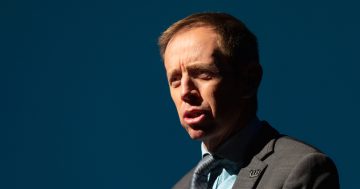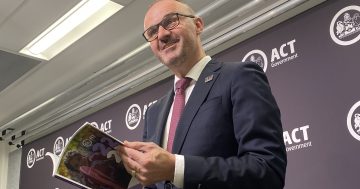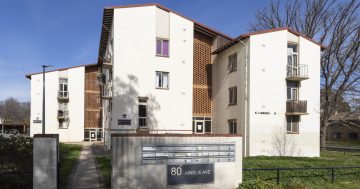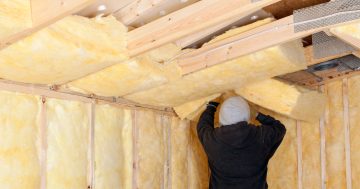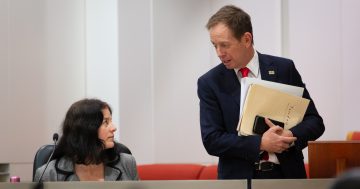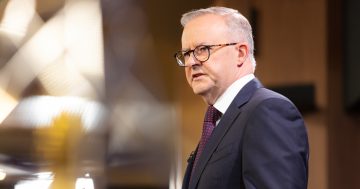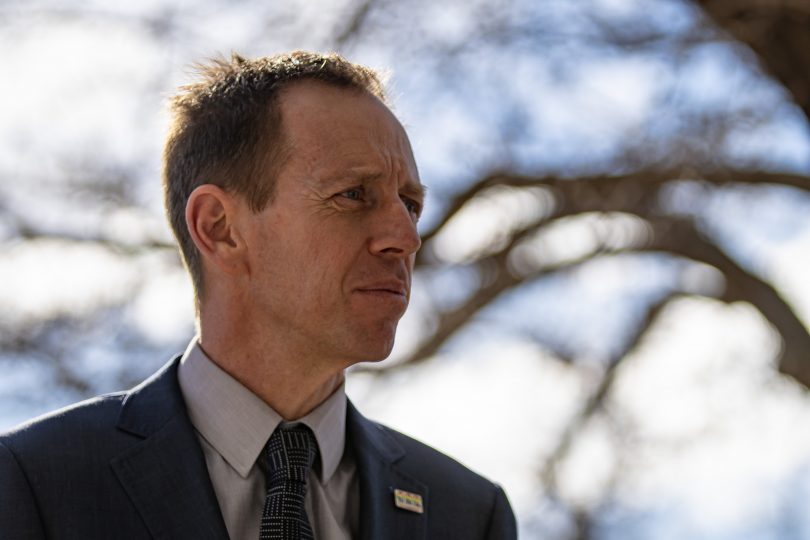
Greens leader Shane Rattenbury writes that the ACT is Australia’s leading green jurisdiction. Photo: File.
Canberra used to be known for a few things. Our man-made lake. Our national institutions. Our progressive jurisdiction, and our ‘different’ way of doing things (not to mention the “three P’s” of porn, pot and pyrotechnics).
This is changing. More and more, people are seeing Canberra as the ‘green machine’ – and we’re not just talking about the Raiders.
Here in the nation’s climate action capital, we’re kicking some impressive green goals. Not only are these actions helping to tackle the climate change challenge, they are helping to transform Canberra into a modern, sustainable and highly liveable city.
Canberrans get it – they know that climate change is the challenge of our generation.
More and more, for example, Canberrans are disconnecting from natural gas – a fossil fuel – and are instead powering their homes with renewable electricity. It’s a change that is both good for the environment and good for consumers’ wallets.
The ACT is trouncing the Federal Government when it comes to the clean energy revolution. This week we brought the Hornsdale 3 wind farm online. This 109-megawatt wind farm will generate enough renewable electricity to power the equivalent of around 58,000 homes in the ACT every year for the next 20 years.
This means the ACT now has the infrastructure in place to achieve an incredible feat. From 2020 we will be amongst only eight major cities in the world to be powered from 100 per cent renewable electricity. Not only has this been achieved at a low price, the scheme’s design protects Canberrans from volatile wholesale electricity price spikes impacting electricity consumers in other states.
The ACT still has the second-lowest electricity prices in Australia. We’re showing that climate change action is both achievable and affordable.
The ACT has become a hub for renewable energy research and development, which is returning millions of dollars in economic benefits. We’re the first state or territory jurisdiction to declare a climate emergency, and to declare our support for the School Strike for Climate Action.
There’s still much more to do. At a time of global climate emergency, we can’t afford to delay. Canberra’s weather is already hotter and drier, and our bushfire seasons are longer. Last summer broke all records for heat in Canberra, with four consecutive days above 40°C for the first time.
The next steps are laid out in a strategy that the Chief Minister and I recently launched. The Climate Change Strategy 2019-25 sets a path for the ACT to achieve ‘zero greenhouse gas emissions’ by 2045. This target aligns with the advice from climate scientists and ensures we do our part in the global struggle to avoid the worst impacts of climate change.
We’re also focusing on ‘adaptation’ measures to keep our city resilient to the range of climate change threats, such as increased urban heat. These are explained in a second strategy: Canberra’s new ‘Living Infrastructure Plan’. The measures include planting thousands of new trees to help keep the city cool.
We especially need to focus on reducing emissions from transport and from natural gas. We can reduce transport emissions by making fewer trips by private motor vehicles. The Climate Change Strategy looks to achieve this by dramatically improving public transport as well as improving walking and cycling infrastructure.
We need to plan for Canberra to grow into a smarter, more compact city, making sustainable travel more viable. The strategy also supports the electrification of transport – from cars, bikes and scooters, to buses and light rail. The cost of these alternatives is decreasing rapidly.
The Strategy has a variety of measures to phase out natural gas. It contains rebates and incentives for people to switch their appliances to electric when they break down. The Strategy plans for new buildings to be more efficient, comfortable and all-electric. Efficient, all-electric homes save households thousands in energy bills.
There are many other positive initiatives in the new Climate Change Strategy, from organic waste recycling to running our bus fleet with ‘zero-emission’ buses. Responding to climate change goes hand in hand with making Canberra a fantastic, modern, liveable city.
It means building the city with a people focus, ensuring it’s easy for people to travel around. It means planting thousands more trees to help keep the city cool and comfortable. It means promoting ‘climate justice’, and ensuring renters and low-income people get a better deal.
With Greens in Government, we’re getting on with the job, and we’re looking forward to working with the Canberra community as we respond to the climate change challenge.
Shane Rattenbury MLA is the leader of the ACT Greens and Member for Kurrajong.












